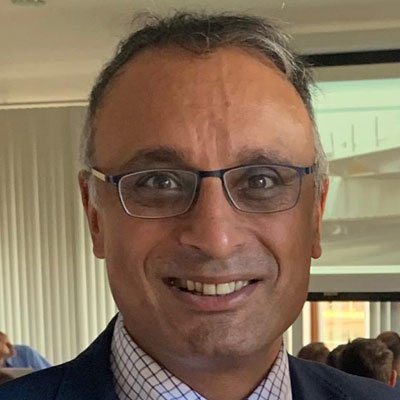Osgood-Schlatter
What is Osgood-Schlatter disease?
Osgood-Schlatter disease is an overuse condition of the knee that causes pain and swelling below the knee area at the top of the shin bone in growing children and adolescents.
Osgood-Schlatter disease is characterized by inflammation due to constant pulling of the patellar tendon (which runs from the knee cap and attaches to the shin bone).
Who is affected by Osgood-Schlatter disease?
Osgood-Schlatter disease is commonly seen in the growing child (10-15 years old), particularly those who participate in sports involving running, and jumping (football, basketball, gymnastics and ballet).
At this time approaching and during puberty, the bones are typically growing faster than the muscles and tendons which can become tight.
What are the symptoms of Osgood-Schlatter?
Symptoms may include:
- Tenderness and swelling below the knee on the bump at the top of the shin
- Limping (may worsen following jumping activities)
The symptoms of Osgood-Schlatter disease may resemble other conditions of the knee. Always consult your surgeon for a diagnosis.
How is Osgood-Schlatter disease diagnosed?
A complete medical history and physical examination is normally enough but further diagnostic procedures for Osgood-Schlatter disease may include X-rays and MRI scans. These may be performed to rule out other lesions. These are non-invasive tests.
Treatment for Osgood-Schlatter disease
Specific treatment for Osgood-Schlatter disease will be determined by your Specialist based on your child’s individual circumstance.
The goal of treatment is to control the knee pain and limit activities that may aggravate the condition.
Treatment may include:
- R.I.C.E. (Rest, Ice, Compression, and Elevation)
- Medications (anti-inflammatories for discomfort and swelling)
- Knee supports, elastic straps or a neoprene knee sleeve around the knee
- Activity restrictions
- Physiotherapy (to help stretch and strengthen the thigh and leg muscles)
Treatment for Osgood-Schlatter disease
Specific treatment for Osgood-Schlatter disease will be determined by your Specialist based on your child’s individual circumstance.
The goal of treatment is to control the knee pain and limit activities that may aggravate the condition.
Treatment may include:
- R.I.C.E. (Rest, Ice, Compression, and Elevation)
- Medications (anti-inflammatories for discomfort and swelling)
- Knee supports, elastic straps or a neoprene knee sleeve around the knee
- Activity restrictions
- Physiotherapy (to help stretch and strengthen the thigh and leg muscles)
Long-term prognosis for Osgood-Schlatter:
Osgood-Schlatter disease resolves with time. Rarely is surgery required for this condition.
Surrey Orthopaedic Clinic Knee Specialists:



